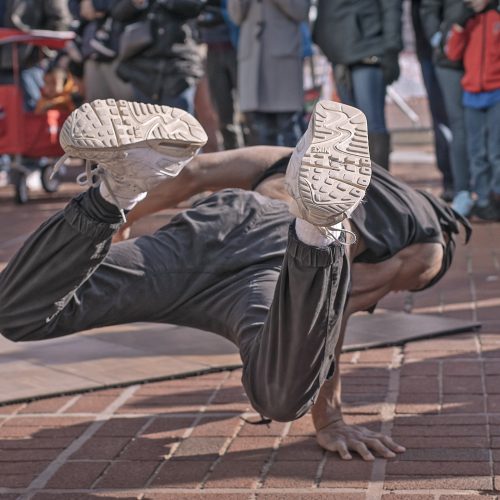July is UV Safety Month! It’s the peak of the summer, which means it’s essential to focus on protecting ourselves from the sun’s harmful ultraviolet (UV) rays. This time of year is also used to spread awareness about how important it is to protect your eyes and skin from the side effects of UV exposure. UV light exposure is connected to cancers that occur in the eyes, lips, and the skin. Summertime brings many opportunities for people to be outside and exposed to UV rays, but it’s crucial to be aware of the potential risks associated with overexposure. Read more about UV safety and learn more about practical tips to enjoy the outdoors while protecting your skin.
What are UV rays? The Cleveland Clinic explains that UV radiation is a form of energy that the sun produces. You can’t see UV radiation because its wavelengths are shorter than visible light. UV rays are classified into three types based on their wavelengths: UVA, UVB, and UVC. UVA rays have the longest wavelengths and can cause skin aging, tanning, burning, and skin cancer. UVB can damage the outermost layers of your skin and can cause sunspots, tanning, sunburns and blistering, which can lead to skin cancer. UVC is absorbed by the Earth’s atmosphere and the UV light you experience on Earth is either UVA or UVB, not UVC.
UV safety is important! Did you know that UV rays can have both short-term and long-term effects on our health? Some of the short-term effects include painful sunburn, light sensitivity, and eye irritation. Long-term effects and prolonged sun exposure can result in wrinkles, dark spots, loss of skin elasticity, and cataracts. Being exposed to UV rays over a long period of time can accelerate the aging process.
What can I do to protect myself from UV exposure?
- If you’re out in the sun, apply sunscreen regularly. Using a broad-spectrum sunscreen with at least SPF 30 or higher is recommended. Be sure to reapply every two hours, especially after swimming or sweating!
- Stay in the shade. During peak hours (10am-4pm), the sun’s rays are the strongest. During this time, it’s best to stay in the shade and to limit outdoor activities. Seeking shade under umbrellas, trees, or awnings are great ways to stay out of direct sunlight.
- Wearing protective clothing can help. Dressing in lightweight clothing, long-sleeved shirts, wide-brimmed hats, and sunglasses with UV protection will shield your skin and eyes from direct sunlight and can help reduce the exposure to UV rays.
- Stay hydrated. Dehydration can make sun exposure and symptoms worse! Drinking plenty of water and staying hydrated can help reduce any effects of sun exposure.
- Check the UV index. Pay attention to the UV index in your area. If the UV index is high, it means there is a greater risk of harm from the sun. When the UV index is high, you must take extra precautions.
It’s important to note that children’s skin is more sensitive to UV rays, which makes sun care precautions even more critical. Individuals should try to keep infants out of direct sunlight as much as possible, dress them in protective clothing, and use sunscreen that is specifically for infants and children. Encouraging children and older kids to wear hats and sunglasses is a great way to teach them the importance of proper sun care and UV safety at an early age.
Enjoying the summertime weather doesn’t mean we need to compromise our health. By practicing UV safety and following the recommendations above, we can protect our skin, eyes, and overall well-being while still having fun in the sun. Help us spread the word about UV safety by continuing to be an advocate among your friends and family when it comes to educating them about the importance of protecting oneself from UV exposure!
For more information about sun safety, check out the information and resources from the CDC.






